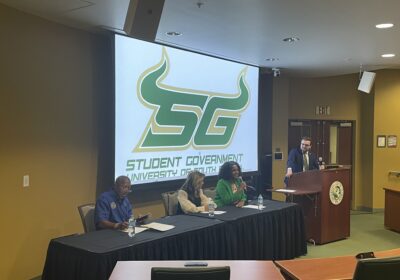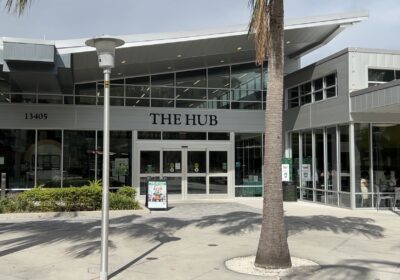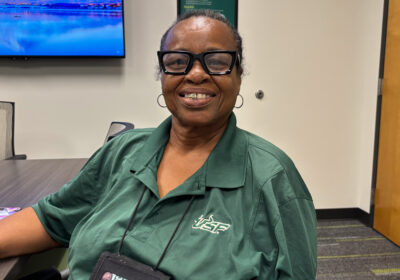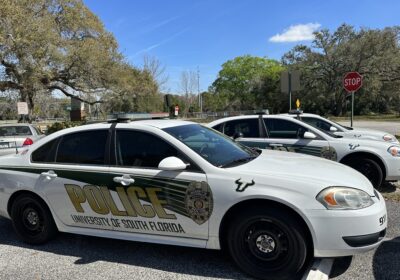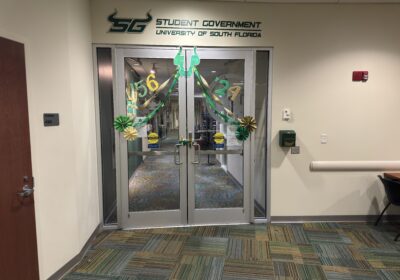USF might still be in phase II of reopening plan in fall, leadership says
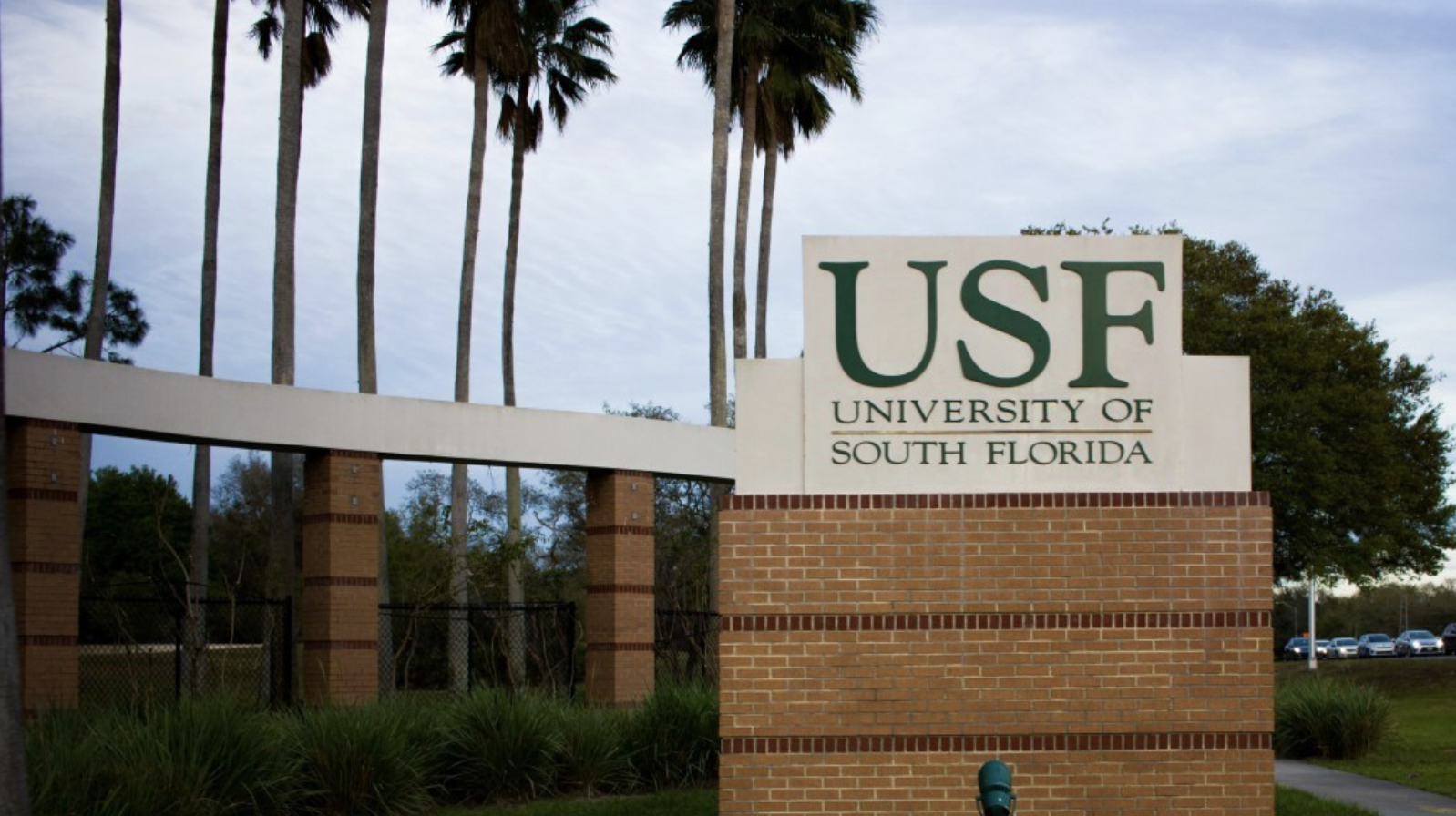
With the start of the fall semester less than seven weeks away and as the number of positive COVID-19 cases continues to rapidly increase in the state, the university might still be in phase II of its reopening plans by the time fall classes begin.
Although the university intended to reach phase III of the four-phased Resuming University Operations Amid a Global Pandemic plan by the start of the fall semester, Donna Petersen, College of Public Health dean and COVID-19 Task Force chair, said it’s not a requirement to welcome students back on campus.
“It’s my opinion that we could still find a way to move into the fall semester as planned, even if we’re still in phase II,” Petersen said in an interview with The Oracle on Wednesday. “It would require a more restrictive environment and it would require us to rethink some of our plans but, again, this situation changes.
“There are still ways we can proceed with fall, even if we are pulling things through but that’s why we’re keeping very close watch on this because whatever we do, we want to make sure we don’t create a situation where we contribute to the rising cases, we want to be contributing to a decline in cases.”
The plan consists of four phases, which will limit the number of individuals on campus and implement new guidelines during each phase to promote a safe and healthy environment for students, faculty and staff.
While phase I officially began June 15, Petersen said most university operations remained the same compared to when the university shifted to remote instruction in the spring semester.
“Phase I was intended to be not much of a change from where we were,” Petersen said. “There wasn’t any particular challenge yet because we haven’t had a lot of new activity on campus.”
During phase I, 25 percent of staff returned to campus and the university enforced new cleaning procedures and social distancing requirements to limit the spread of COVID-19.
For the second phase, up to 50 percent of staff will be allowed to return to campus with extensive protective measures still in place. The resumption of critical services will be expanded and guidance will be provided to move into the third phase.
With a near-full resumption of operations, 75 percent of staff will be allowed back on campus during phase III.
The university postponed the transition to phase II, originally scheduled for June 29, as a result of the rising positive cases of COVID-19 across the state, according to Petersen.
Petersen said the university will transition into phase II when there’s a continued decline in the rate of new cases and positivity rate for a period of two weeks. Depending on the conditions and if rates continue to increase, the university might stay in phase I for a while until it’s deemed safe to transition.
“Part of what makes this challenging is that we can have the best plan on the planet, but if circumstances change, we may have to adapt the plan to the changing nature of the virus,” Petersen said.
“We have everything else in place, but that [factor] does not allow us to move forward.”
Depending on the Centers for Disease Control and Prevention (CDC) lifting social distancing guidelines and the rate of transmission in the six-county USF region being stable below 1.0, the university will move into its fourth and final phase, which will return campus to full operations.
When considering transitioning to a new phase, Petersen said it relies on different criteria based on the virus activity, including the number of new cases, test positivity rate in the surrounding communities, hospitalizations and fatalities rate.
“We monitor all the guidelines from the CDC and we monitor all the data that we have available to us, not just from the Florida Department of Health, but from the area hospitals,” Petersen said.
“We were very concerned about the rate of people getting hospitalized because the worst impact of this is to overwhelm our health care system. That’s what we don’t want to contribute to so we’re going to be monitoring all of that.”
Over the past few weeks, Petersen said there has been an increase in virus activity among students, despite them not being on campus.
“Students aren’t back on campus, but they’re in the community and when they get sick they call us,” Petersen said. “We’re a little concerned about that, but when we move to phase II, we need to give ourselves time because phase II will bring a lot more people back to campus and that means more people traveling on and off our campuses and more people from the community coming to the campus and back out again.”
So far, more than 10 USF students and 15 employees tested positive for COVID-19 this month, as of July 7. In June, more than 80 positive cases were reported among students and employees across all three campuses — Tampa, St. Pete and Sarasota-Manatee.
Due to employee and patient confidentiality laws, the university is unable to disclose the names of individuals who have tested positive for COVID-19. All individuals with a positive diagnosis are self-isolating in accordance with CDC guidelines, according to the USF COVID-19 website.
“Of all people tested, how many are testing positive and that have been in Hillsborough County and surrounding areas, it has been hovering around 3 to 4 percent,” Petersen said. “But now it’s up to 20 percent so that’s very concerning and truly indicates an increase in the spread of the virus in the community.”
“It’s mostly young people, where these new cases are occurring. And we can speculate all day about why that is but it’s particularly concerning to us at the university because that’s the population that makes up the majority of people on our campuses.”
When it comes to identifying asymptomatic students, Petersen said there will be tools in place to evaluate a student’s current state and exposure to COVID-19.
On the surveillance side, the university will implement a “baseline symptom survey” in which students, faculty and staff will be required to report their symptoms if they were exposed to the virus.
The university will also be swabbing high-touch surfaces for environmental sampling to detect the virus’ presence in high-traffic areas as well as randomly selecting 10 percent of the students, faculty and staff returning to campus to test for COVID-19.
As a way to mitigate the spread of COVID-19, the university will also be redesigning common areas as well as classrooms to welcome students back on campus in the fall semester while meeting CDC guidelines.
Petersen said the university marked out how seating will be arranged in all classrooms to identify potential spaces that could be used for instruction.
“We marked out how the seating can be arranged so that people can be 6 feet apart and we then restrict the occupancy in those rooms to the number of seats that can safely be in the room with everybody 6 feet apart,” Petersen said.
“Our goal is to do everything we can to prevent people from becoming sick and allowing us to keep our campus open, so maintaining the distance and wearing face coverings are the two most important things.”
The university will release finalized class schedules, including the type of delivery, around the third week of July.
As a way to meet social distancing guidelines, Petersen said smaller classrooms might not be used for instruction.
While the university is implementing new guidelines and cleaning procedures to ensure the health and safety of students, Petersen said students will also play a role to mitigate the spread of COVID-19.
“It’s going to be on all of us,” Petersen said. “If we want to come back and stay back, it’s going to be on all of us to practice those behaviors for the benefit of the entire community.”

